magped have introduced a new type of magnetic pedal designed not only to provide a smooth circular motion, but also to protect your joints and ensure easy release in critical situations. The question remains: is it possible to make a magnetic pedal which maintains a secure grip, but is also easy to get out of when you need to? We checked it out for you.
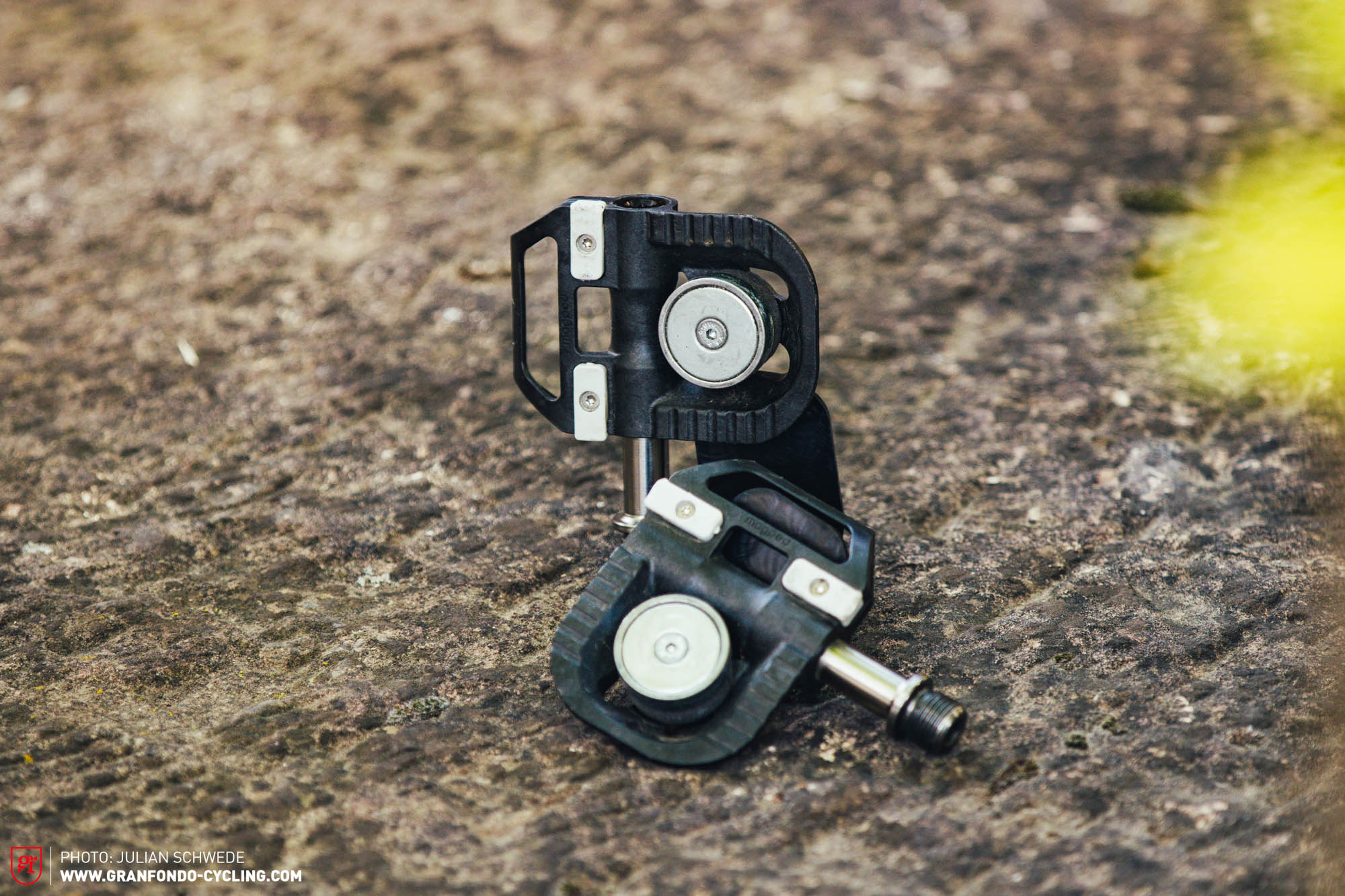
magped launched their magnetic safety pedals in 2018, and have since evolved to produce pedals for a variety of bike categories. Using a patented magnetic mechanism, these pedals allow the shoe to be removed from the pedal safely, quickly and easily. This innovation has created a new category of pedal alongside flat and clipless pedals. We tested their gravel version and were immediately impressed. Weighing just 212 g per pair, we haven’t come across a lighter gravel pedal yet! That said, at € 189, these pedals are in the upper price range.
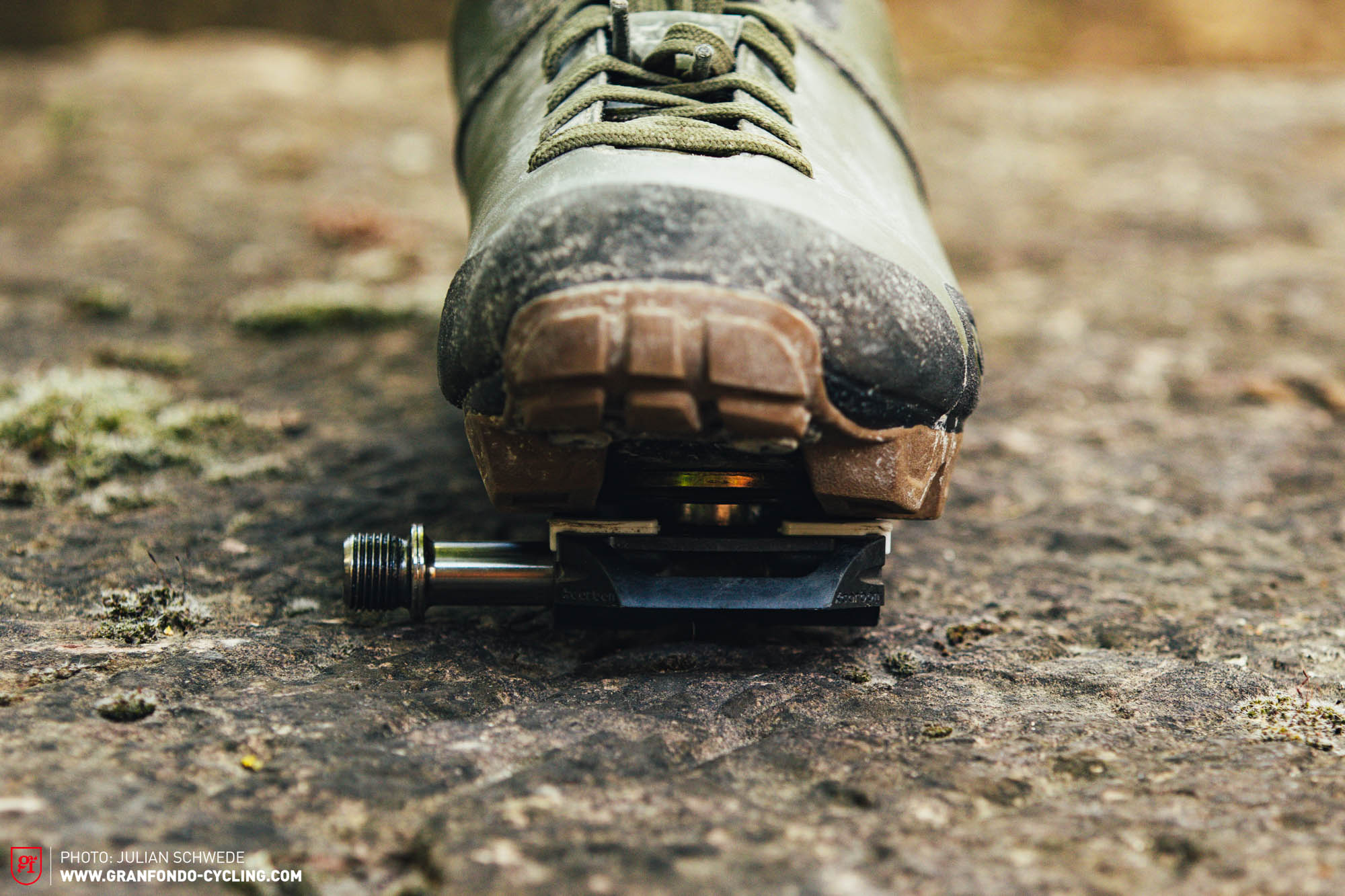
Preparation
To maximise the performance of magped GRAVEL pedals, you’ll need a 2-hole SPD shoe. Instead of a cleat, a flat metal plate is screwed on to make contact with the magnet in the pedal. There’s also a positioning plate supplied to help centre the connection at the ideal point of the magnet. Before your first ride, it’s important to adjust the magnet’s height to ensure optimum grip. Fitting the magpeds to your bike is the same as fitting any other conventional pedal. Then, simply slide your shoe over the pedal and wait for the distinct “clack” sound that indicates you’re securely attached.
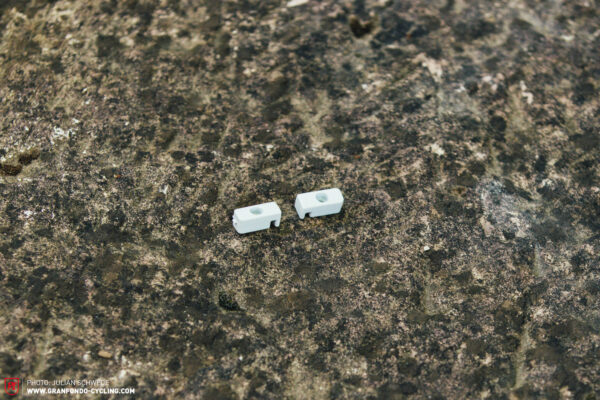
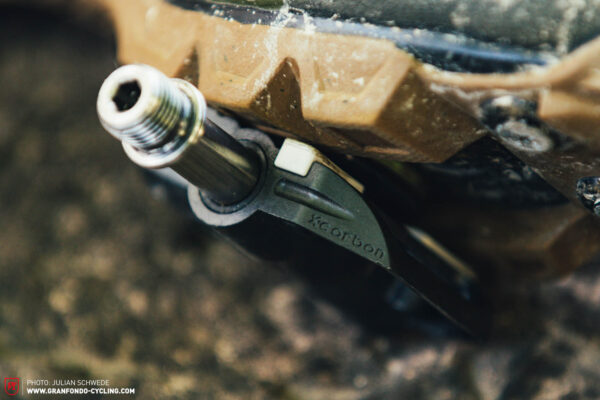
First impressions
The first thing you’ll notice is that the shoe is not rigidly attached to the pedal. Instead, it allows a subtle, natural rotational movement without compromising the connection between the shoe and the pedal. As a result, there’s no need to adjust the pedal to accommodate external knee rotation, unlike, say, an SPD pedal.
The pedal can be engaged and disengaged in any situation and, after a short period of familiarisation, the whole process is intuitive. Once you have “clacked in”, the shoe sticks to the pedal, stays connected and resists pulling forces. In normal gravel riding conditions, the system holds well and also gives a smoother circular motion – a clear improvement over flat pedals. However, a crucial point to remember is that a magnetic connection is not a fixed mechanical one, as is the case with a clipless pedal, so it is always possible to pull out of the pedal if you apply enough force. In our test, the pedal only disengaged at extremely high cadences, with a significant amount of force, or when the rider suddenly tried to lift the bike with the pedal. On longer rides, the system feels remarkably comfortable and natural, largely due to the small amount of float allowed by the pedal. We deliberately created situations requiring rapid or unexpected dismounts and the system performed flawlessly throughout.
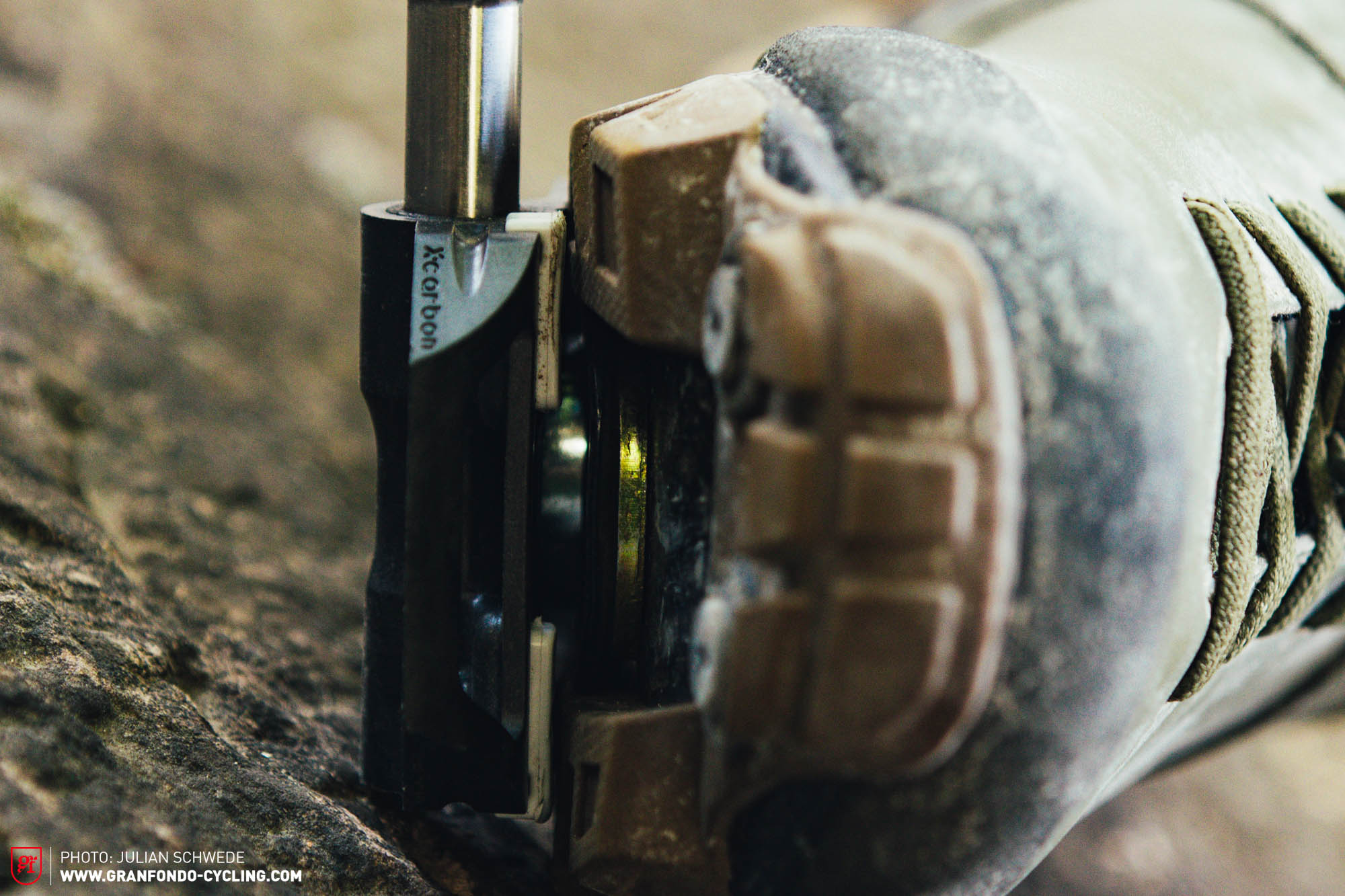
We didn’t notice any difference in grip in wet conditions, although it’s logical that a thick layer of dirt on the pedal or shoe could potentially reduce the magnet’s hold. However, in our test with the Five Ten Hellcat Pro shoe, we found that dirt hardly adhered to the flat metal plate. During use, simply wiping the shoe against the ground or the pedal is enough to remove most of the dirt. Alternatively, a puddle will do the trick with no noticeable loss of functionality. When the shoe becomes slippery with mud, it’s a little harder to engage the pedal, but once it’s “clacked in”, full functionality is restored. Thanks to its streamlined design, the pedal itself doesn’t easily accumulate dirt. In addition, both the metal plate on the shoe and the magnet on the pedal have large, flat surfaces, making them easy to clean.
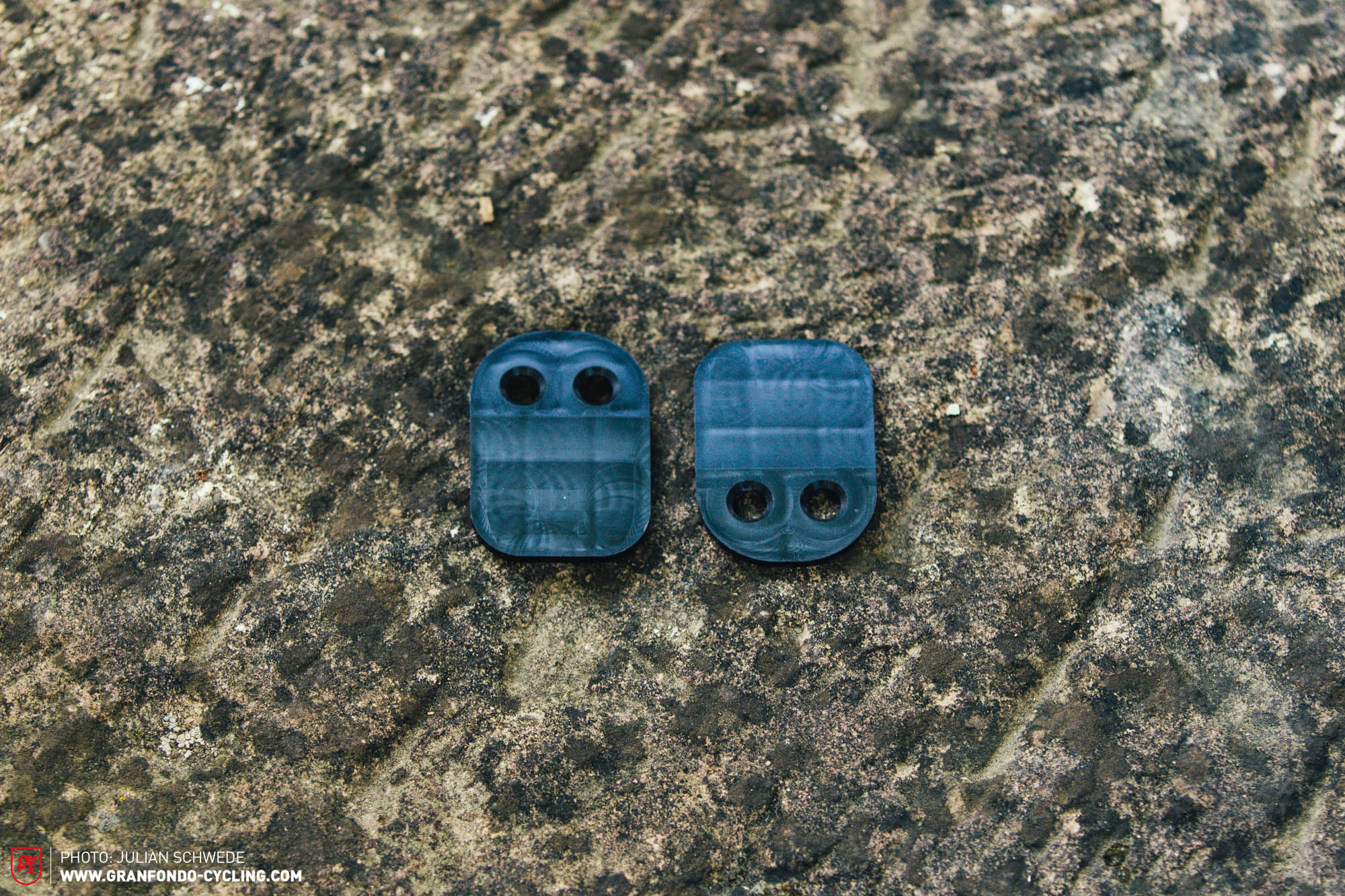
Who is the Magped for?
The pedal delivers what it promises and, in our experience, falls somewhere between a flat pedal and a clipless pedal. However, if you’re expecting the full connection performance of a clipless pedal, you’ll be disappointed. It’s not a complete replacement for a clipless, as it can accidentally disengage under higher load – in extreme situations this could lead to a loss of control. This pedal represents a new category with its own characteristics, and that’s a good thing. There is a slight compromise in holding power for the benefit of safe disengagement at all times. If you deliberately choose these characteristics, the magped pedal offers a thrilling experience – kudos to the inventors.
We see the magped pedal primarily as an upgrade to the flat pedal, ideal for riders looking for increased pedal control and a secure connection for pulling on the upstroke without compromising comfort when disengaging. It’s particularly suited to the fun-oriented rider who prioritises enjoyment over squeezing out every last ounce of performance.
If you’re an ambitious or performance-oriented rider looking for the firmest connection to the pedal, want to extract maximum power from the pull phase, and are comfortable dismounting from a clipless pedal, then you should stick to the tried and tested clipless system.
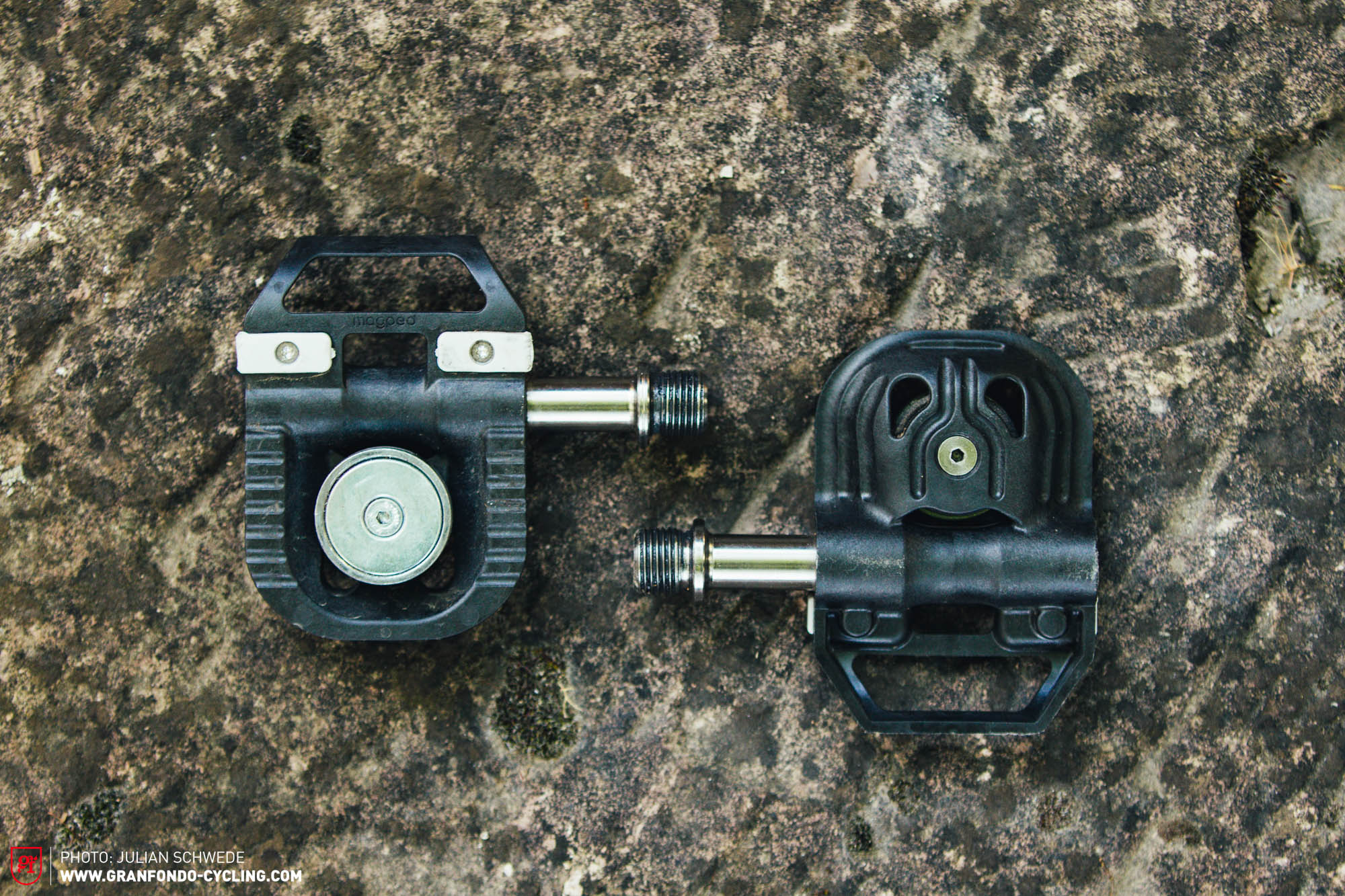
The magped GRAVEL is an incredibly lightweight and straightforward pedal. It offers superior grip and control compared to a flat pedal, yet allows for effortless disengagement. Despite the tight fit between shoe and pedal, the foot can still rotate slightly, which we found to be remarkably comfortable while riding. Depending on your intended use and performance requirements, the magped GRAVEL can offer a notable advantage.
Tops
- better grip on the pedal
- very light
- easy handling
- metal plate on shoe doesn’t interfere with walking
Flops
- high price
- spacers may need to be adjusted to fit different shoes
For more info visit magped.com
Did you enjoy this article? If so, we would be stoked if you decide to support us with a monthly contribution. By becoming a supporter of GRAN FONDO, you will help secure a sustainable future for high-quality cycling journalism. Click here to learn more.
Words: Erik Bötzle Photos: Julian Schwede







